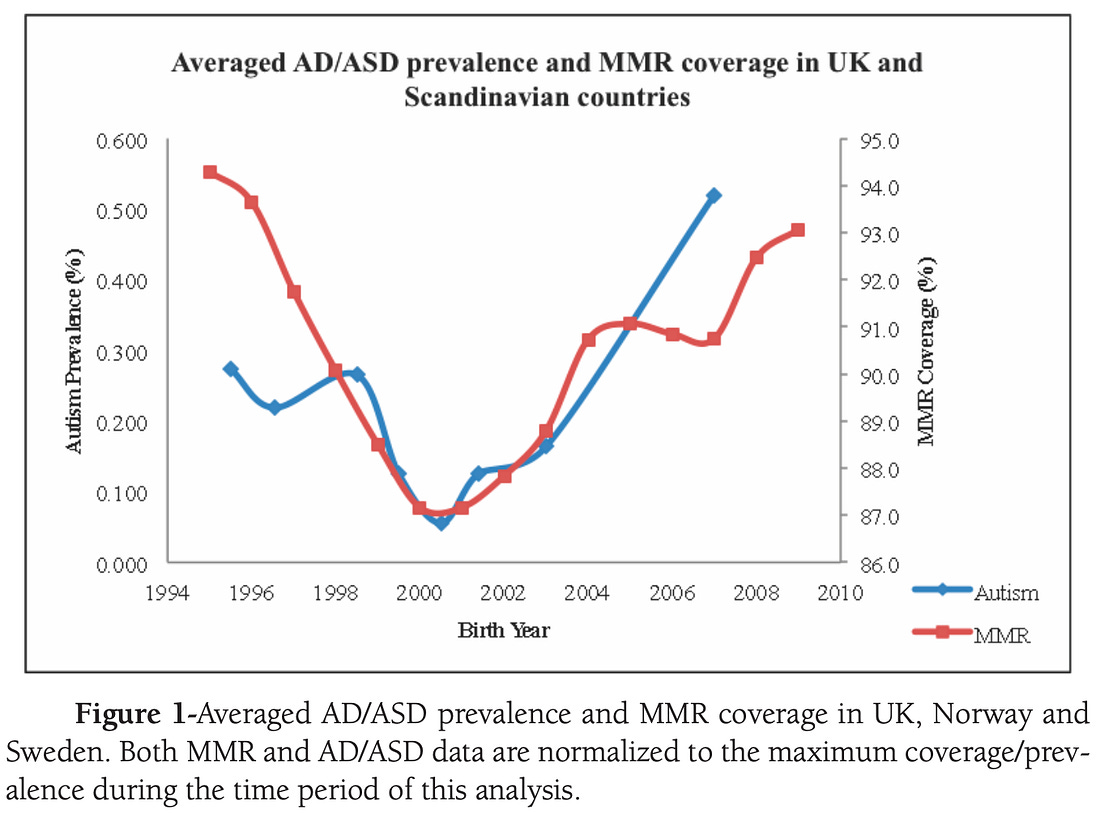Peer-reviewed study found human DNA fragments in fetal cell–derived vaccines exceeding the FDA limit by up to 2,760% and mapped their potential integration sites to genes associated with autism.
A peer-reviewed paper by Deisher et al titled, Epidemiologic and Molecular Relationship Between Vaccine Manufacture and Autism Spectrum Disorder Prevalence, delivered one of the most alarming findings in modern vaccine safety research: childhood vaccines grown in human fetal cell lines contain billions to trillions of fragmented human DNA molecules—capable of entering and integrating into the genome of human cells.
When MMR coverage dropped after Dr. Andrew Wakefield’s landmark 1998 Lancet publication—in the UK, Norway, and Sweden, autism prevalence fell sharply, then rose again as MMR uptake recovered around 2001. Deisher’s group described this as a “natural experiment” demonstrating a potential causal relationship between fetal-cell–derived vaccines and ASD prevalence.

Each dose of fetal-cell–derived vaccines may deliver billions to trillions of human DNA molecules into a developing child — some of which, under inflammatory conditions, can insert directly into their chromosomes. This provides yet another biologically plausible mechanism by which vaccines could contribute to neurodevelopmental disorders, including autism.
This study is one out of over 300 included in our upcoming landmark autism report — among the most comprehensive analyses ever conducted on environmental and iatrogenic determinants of autism.
Finish reading: https://open.substack.com/pub/petermcculloughmd/p/study-childhood-vaccines-contain
